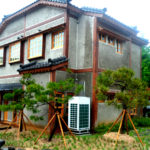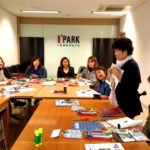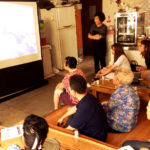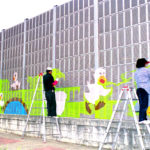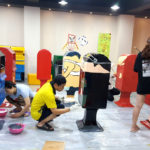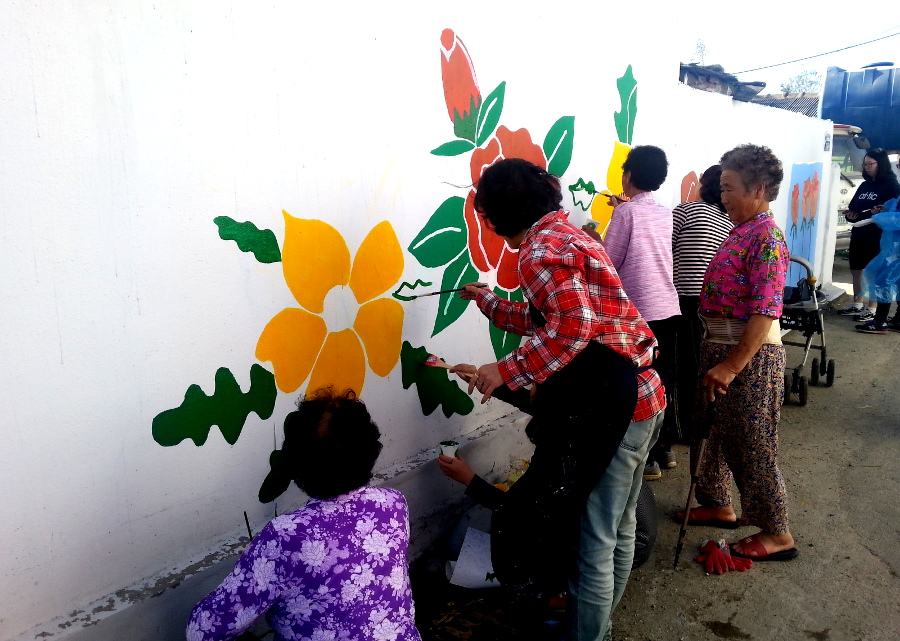
GUNSAN: Urban Regeneration Plan of the Historic Centre
The Korean city of Gunsan is located on the banks of the river Geum, approximately 200km south west of the capital, Seoul. Currently it is notable for being an industrial city of high technological manufacturing and an important port of international trade.
From 1910 to 1945 Gunsan was under Japanese rule and was an important administrative, financial and commercial district. In 1990, a new urban centre would concentrate a major part of the economic activity of the city, causing an unstoppable depopulation and the consequent degradation and abandonment of the old historic centre.
In 2009, Gunsan City Council proposed rehabilitating its old historic centre and managed to turn it into a dynamic neighbourhood, capable of retaining its population and attracting initiatives of innovative economic development, taking advantage of the Japanese cultural inheritance as a focus of touristic interest and historic memory. It therefore opted for a way contrary to that of other Korean cities, that is to say, for the conservation of the Colonial legacy.
Within the framework of the efforts of Gunsan City Council to place people at the centre of the municipal actions, the Community Council of the Residents of the old historic centre was constituted, as a space for generating a shared vision of the rehabilitation project, collecting the different opinions and channelling the agreed proposals. This process led to the design of the Urban Generation Plan, which was structured in 4 major axes: empowering the citizens, the preservation of the historic heritage, the improvement of the urban surroundings, and support for the local economy.
The empowerment process of the citizens led to the creation of the Centre of Support for Urban Regeneration, through which educational initiatives were proposed aimed at strengthening citizen participation and constituting an active community fabric throughout the process. Some of the activities carried out include: sessions of debate, specialised training and the constitution of local groups of volunteers.
With regard to the preservation of the historic heritage, a total of 172 historic buildings were recuperated and catalogued, with the aim of using them as educational spaces and centres of historic memory. Furthermore, cultural initiatives were developed that joined the past and present, such as thematic festivals with theatrical performances, markets and exhibitions.
The rehabilitation actions of the urban environment to be developed were decided jointly with the residents and consisted of improvements in the sanitation systems, the rehabilitation of buildings, the improvement of degraded spaces, and the design of functional community spaces, among others.
Parallel to this, the area was promoted as an attractive economic development focus both for activities related to cultural tourism as well as for innovative business activities. In this way, infrastructures for tourists and residents were improved (refurbishment of spaces, cultural itineraries, etc.) and others aimed at boosting the local business fabric (business incubator, training programme for young entrepreneurs, etc.).
The project has achieved the fact that the old urban centre of Gunsan has stopped its depopulation and degradation, becoming a dynamic neighbourhood, full of life. Tourism has increased exponentially, from 220,000 tourists in 2013 to more than 3,500,000 in 2017; as well as the opening of new business initiatives in the area, with a growth of more than 200% between 2007 and 2017. In turn, the channels of citizen participation are still valid and have become a fundamental axis of community life management of the area.
More information at the IAEC Bank of Experiences.
Presented by: Gunsan City Council, Department of Human Resources
Contact: Mr Keongseung Yang
e-mail: skysilkroad@korea.kr

